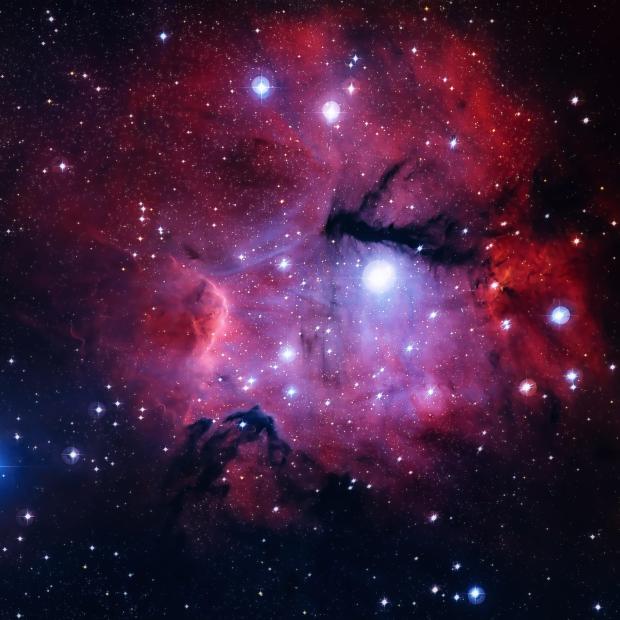Two new stars have unexpectedly appeared in the night sky, the result of two of the most powerful explosions in the universe. These distant stellar explosions have burned so brightly that they are now visible from Earth with the naked eye. This marks the first time in recorded history that more than one of these luminous outbursts has been visible to humans simultaneously, according to scientists.
The first nova, named V462 Lupi, was first observed on June 12 in the Lupus constellation. The star, prior to its dramatic transformation, was 3 million times dimmer than it is now. Then, on June 25, astronomers detected another nova, V572 Velorum, within the Vela constellation, as reported by EarthSky.org.
Astronomical Rarity
A classic nova, a type of space explosion shorter-lived than a supernova, typically appears in the night sky once a year at most. The occurrence of more than one such event simultaneously is almost unheard of. “This is without question an extremely rare event, if not a historical one,” astronomer and author Stephen O’Meara told Spaceweather.com.
“I have yet to find an occurrence of two simultaneous novas appearing at the same time.”
The last time the world came close to witnessing simultaneous novas visible to the naked eye was in 1936, with V630 Sgr and V368 Aql appearing weeks apart. O’Meara, who has been examining historical records for similar events, noted, “They were not at maximum brightness at the same time.”
Spotting the Novas
V572 Velorum shines with a brilliant blue-white light, while V462 Lupi exhibits a purple hue, according to Live Science. Eventually, these stars will turn red before disappearing, as the longer blue-colored wavelengths of light fade first.
V462 Lupi’s brightness peaked on June 20, at a magnitude of +5.5, which is how the brightness of stars is measured. This makes it dimmer than Polaris and Sirius, the brightest stars in the sky. Since then, the star has weakened slightly but remains above the +6 magnitude threshold, meaning it is still detectable by the naked eye. V572 Velorum is brighter, peaking at +4.8 on June 27.
Visibility and Observation
Both the Lupus and Vela constellations are located in the southern sky, making them below the horizon in the UK but visible in some parts of North America, including Mexico, California, and Texas. This geographical positioning offers a unique opportunity for stargazers in these regions to witness this rare cosmic event.
These novas are not just a spectacle for amateur astronomers but also a significant event for the scientific community. The simultaneous appearance of two novas provides a unique opportunity to study these phenomena, potentially offering new insights into the lifecycle of stars and the dynamics of stellar explosions.
Implications and Future Observations
The sudden visibility of these novas has sparked excitement and curiosity within the astronomical community. Researchers are keen to study the light curves and spectra of these novas to understand better the processes involved in such explosions. This could lead to advancements in our knowledge of stellar evolution and the mechanisms driving these powerful cosmic events.
As the stars continue to change, astronomers will monitor their progress, providing valuable data that could illuminate the mysteries of the universe. The event underscores the dynamic and ever-changing nature of the cosmos, reminding us of the vast and unpredictable universe we inhabit.
For those interested in observing these novas, experts recommend using a star map or a stargazing app to locate the Lupus and Vela constellations. As the stars evolve, their colors and brightness will change, offering a rare chance to witness the life cycle of a nova in real-time.
This extraordinary event not only captivates the imagination of skywatchers but also serves as a reminder of the awe-inspiring phenomena occurring beyond our planet. As astronomers continue to study these novas, the findings may pave the way for future discoveries, enhancing our understanding of the universe’s intricate workings.
